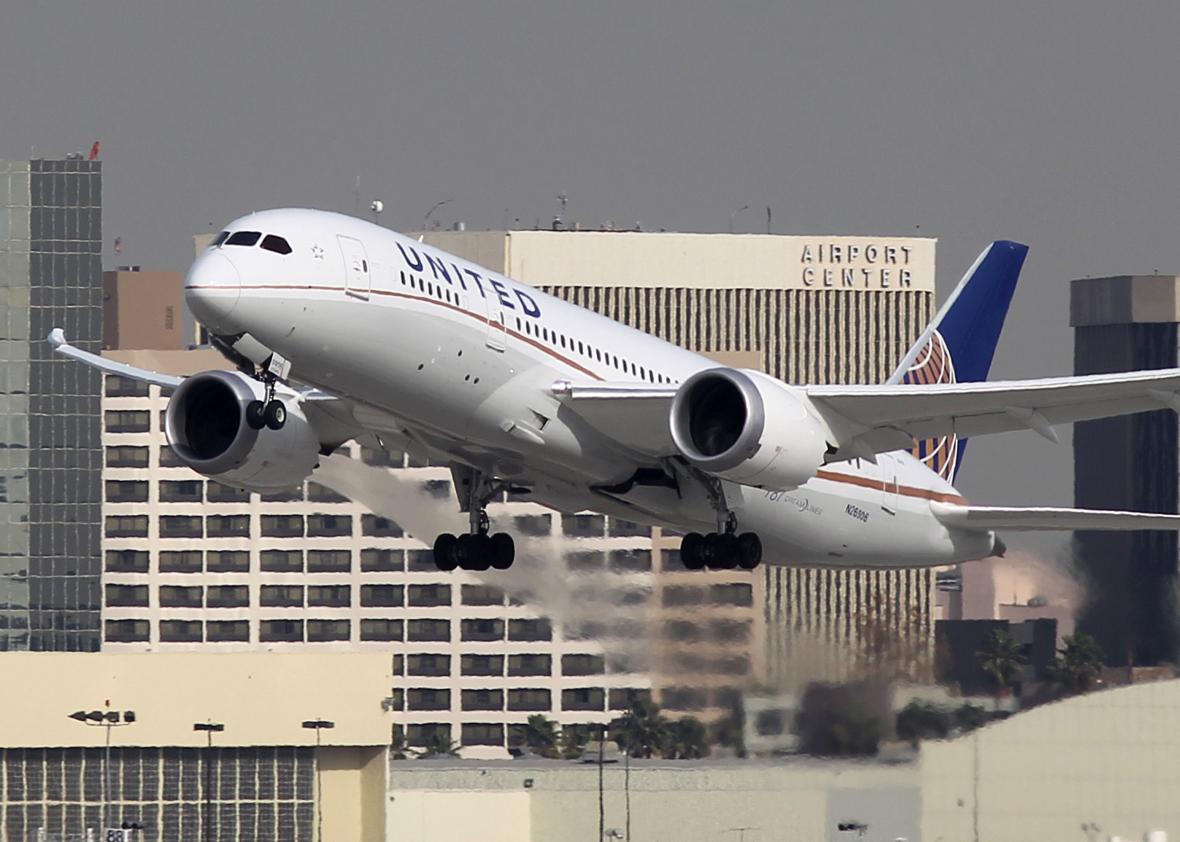This post originally appeared on Inc.
If you’ve used Gogo’s Internet service on an airplane, you know that it’s not much of an improvement over 1990s AOL-era dial-up.
Gogo’s connectivity speed amounts to about half the average download speed on Verizon’s 4G network, according to Bloomberg. And yet the company provides services to more than 2,000 commercial aircraft for airlines including American, Delta, United, Virgin America, Alaska Air, and Air Canada, according to Bloomberg. Its revenue climbed 25 percent from 2013 to 2014, to $409 million.
To keep bits moving as fast as possible—which, again, isn’t very fast at all—Gogo uses a demand-based pricing system similar to Uber’s surge pricing, making its service more expensive on routes where more people use it. But since there’s no increase in supply, all dynamic pricing means is the flights where Gogo Wi-Fi is slowest are also the ones where it’s most expensive.
So why does Gogo have such a stranglehold in a market that would appear ripe for disrupting? A profile by Bloomberg Businessweek provides a few reasons why Gogo hasn’t been pushed to the sidelines (yet).
When Gogo debuted on a commercial aircraft in 2008, the demand was there but the competition wasn’t. Gogo was ready to start providing service—it had Federal Aviation Administration approval and it had the hardware. “Airlines didn’t want to do this organically,” industry analyst and president of Hamblin Transportation Consulting George Hamlin told Bloomberg. “Here comes somebody with a system in place, and you had to have it or people would leave.”
About that hardware—CEO Michael Small explained that scale is low for the Air-to-Ground broadband Internet system Gogo uses. There’s no incentive for another company to jump into the airplane Internet hardware market. “There is nothing off-the-shelf. Everything is custom,” Gogo CTO Anand Chari told Bloomberg. “People have made either hundreds, or at most a few thousand, of those, and that’s it.”
Gogo signs 10-year contracts with airlines to install and maintain equipment for Wi-Fi and share Wi-Fi fees with the airlines. Since the equipment is proprietary, even once that decadelong contract is up, switching providers is a bit of a process. You have to switch antennas, servers, etc. Macquarie Group analyst Andrew de Gasperi told Bloomberg that it’s pretty hard to change equipment out once it’s already on the plane. “For someone to install something and then decide a few years down the line, ‘You know what? I don’t really like it anymore,’ that would involve probably days or a week of that aircraft not flying. Aircraft lose money when they’re on the ground.”
Gogo will probably be able to keep charging exorbitant fees for some time yet in exchange for the kind of service that users describe with words that cannot be printed here, but the provider no longer has a monopoly on a service that, for business travelers in particular, is crucial. ViaSat and GEE have made their own inroads, and Bloomberg notes that a whole other type of technology could come barreling in to throw everyone off.
“If you truly believe your position in the market is impenetrable, then treat your customers like s— and gouge them,” Harvard Business School professor Frances Frei told Bloomberg. “But I’ve seen very few organizations that get away with customers hating them.”
